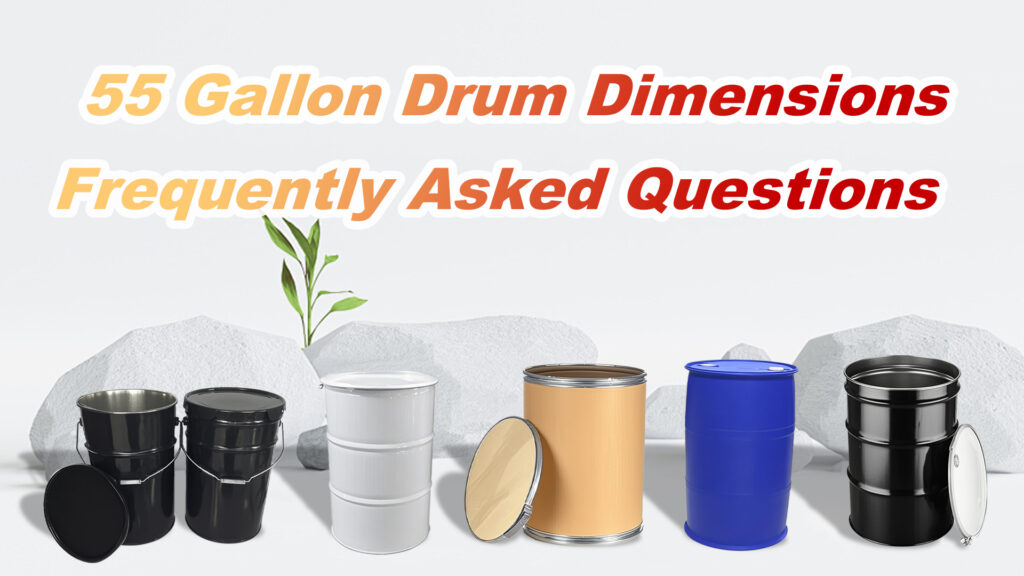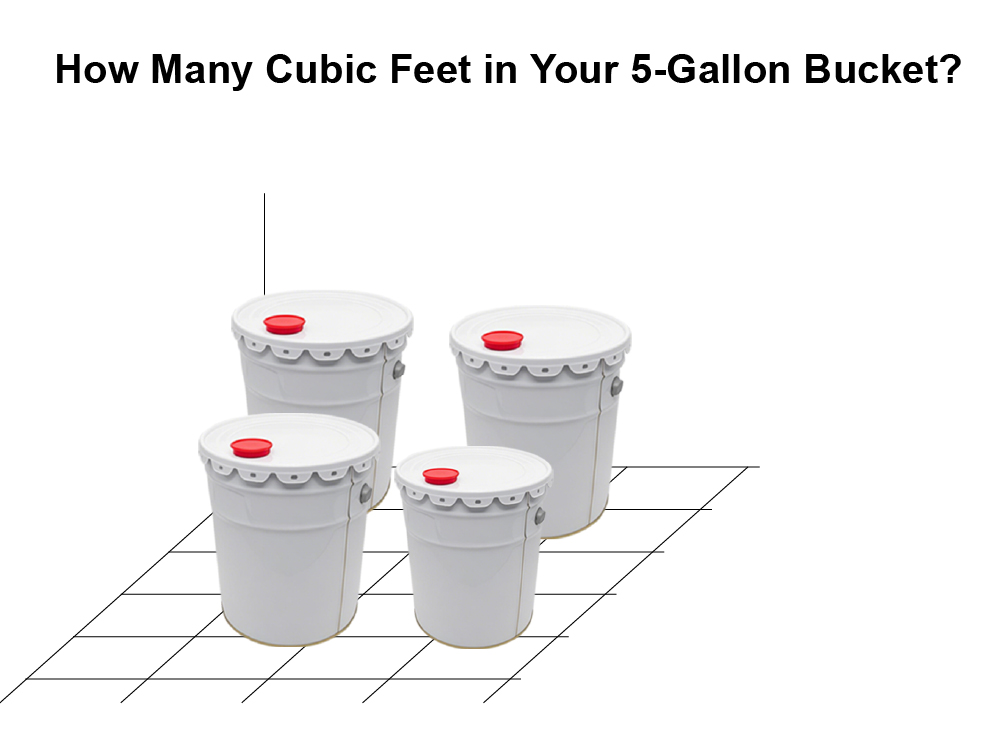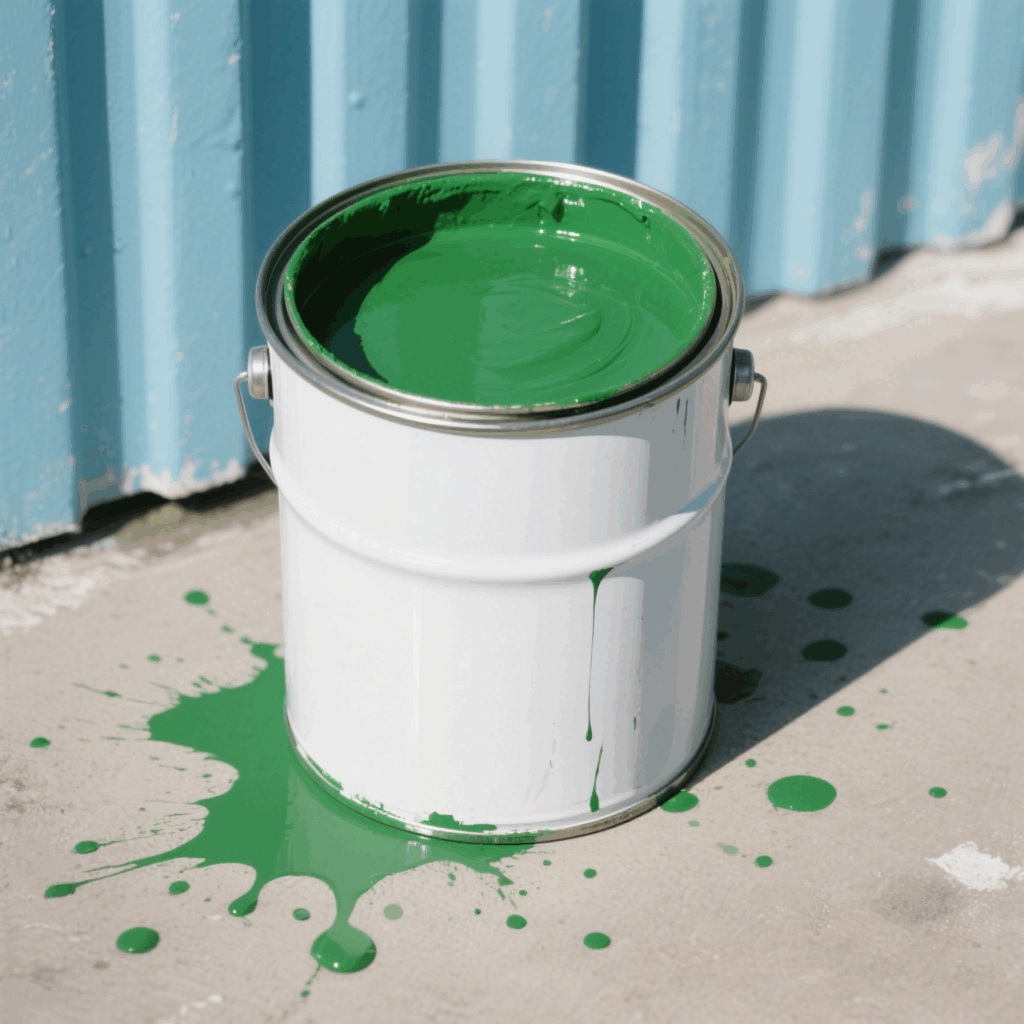It’s a scenario that sends shivers down any driver’s spine: the oil pressure light flicks on, or worse, you realize you’ve been driving with critically low oil, or perhaps even none at all. The immediate, panicked question is, “How long can my engine actually survive this?” Als auto -eigenaar, understanding the critical role of engine oil is paramount to your vehicle’s health and your peace of mind. Let’s dive deep into this pressing concern.
How Long Can an Engine Run Without Oil? Not at all. Thirty minutes at best, but it could be anywhere from a few seconds to a few minutes. There’s no exact number, as a variety of factors can affect an engine, but a lack of oil in an engine can certainly cause catastrophic, often irreparable damage.
Why is Engine Oil the Lifeblood of Your Car?
Before we discuss the grim consequences of oil starvation, it’s crucial to understand what engine oil actually does. It’s far more than just a lubricant.
- Lubrication: This is its most well-known role. Oil forms a protective film between moving metal parts (pistons, crankshaft, camshaft, bearings, enz.), preventing them from grinding directly against each other. Without it, friction skyrockets.
- Cooling: While your car has a dedicated cooling system, oil plays a vital part in dissipating heat generated by friction in the lower end of the engine, especially around the crankshaft and pistons.
- Cleaning: Oil contains detergents and dispersants that pick up dirt, debris, and combustion byproducts, carrying them to the oil filter. This keeps the engine’s internal passages clean.
- Afdichting: Oil helps seal the gap between piston rings and cylinder walls, ensuring proper compression and preventing blow-by (combustion gases leaking into the crankcase).
- Corrosion Protection: Additives in oil create a barrier on metal surfaces, protecting them from rust and corrosion caused by moisture and acidic byproducts of combustion.
| Oil Function | Consequence of Absence |
|---|---|
| Lubrication | Extreme friction, metal-on-metal grinding |
| Cooling | Overheating of internal components |
| Cleaning | Sludge buildup, clogged passages |
| Afdichting | Loss of compression, reduced power |
| Corrosion Protection | Rusting and degradation of engine parts |
What Exactly Happens When an Engine Runs Without Oil?
Imagine this timeline of terror:
- Seconds In (0-30 seconds): The residual oil film that clings to parts starts to break down almost immediately. Friction increases dramatically. You might hear new, unpleasant noises – a light tapping or ticking that quickly gets louder.
- The First Minute (30-60 seconds): Heat builds up incredibly fast due to friction. Metal parts begin to expand. The tapping may turn into a distinct knocking or clattering sound as bearings, starved of lubrication, start to fail. The oil pressure warning light will almost certainly be illuminated (if it wasn’t already).
- Minutes Two to Five (and beyond): This is where severe, irreversible damage occurs.
- Bearing Seizure: Connecting rod bearings and main bearings are often the first major components to fail. Without oil, they overheat, melt, and seize onto the crankshaft or connecting rods.
- Piston Scuffing/Seizure: Pistons can scrape against cylinder walls, causing deep gouges. In extreme cases, they can expand enough to seize within the cylinder.
- Camshaft Damage: The camshaft and its lifters/followers will also suffer from lack of lubrication, leading to galling and wear.
- Crankshaft Damage: If bearings seize, the crankshaft can be scored, warped, or even snap.
- Engine Seizure: Eventually, enough components will weld themselves together or break that the engine will completely lock up, unable to turn over. You might notice a significant loss of power, strange smells (burning oil, hot metal), and then silence as the engine grinds to a halt.
Factors Influencing the (Brief) Survival Time
While “not long” is the standard answer, a few variables can slightly alter how quickly catastrophic failure occurs:
- Engine Design and Materials: Some engines might be built with slightly more robust materials or tighter tolerances that offer a fraction more protection initially, but this difference is marginal.
- Ambient Temperature: A colder engine might take a few seconds longer to reach critical temperatures compared to an engine already hot.
- Engine Load and RPM: If the engine is idling, it macht last a tiny bit longer than if it’s under heavy load (Bijv., accelerating uphill) at high RPMs. Higher RPMs and load mean more friction and faster heat buildup.
- Residual Oil Film: There’s always a very thin film of oil on components. How long this provides any semblance of protection is minimal.
- How the Oil Was Lost: A sudden, complete loss (like a smashed oil pan) is worse than a slow leak that gradually starves the engine (though both are terrible).
In wezen, even under the “best-case” scenario of no oil, you’re looking at a window so small it’s almost negligible in practical terms. The moment you suspect an oil problem, the only safe action is to stop the engine immediately.
Warning Signs You’re Low on Oil or Have No Oil
Your car will usually try to warn you. Heed these signs:
- Oil Pressure Warning Light: This is the most direct indicator. If it comes on and stays on while driving, pull over safely and turn off the engine immediately. If it flickers, your oil level is likely dangerously low or there’s a problem with the oil pump or sensor.
- Engine Noises: Knocking, tapping, clattering, or grinding sounds are serious red flags. These often indicate metal parts are making contact.
- Burning Oil Smell: If oil is leaking onto hot engine components, you might smell it burning.
- Oververhitting motor: While the coolant system is primary, lack of oil contributes to overheating.
- Reduced Performance or Stalling: An engine struggling due to internal friction will lose power and may stall.
- Visible Smoke: Blueish smoke from the exhaust can indicate oil burning in the combustion chambers, often due to worn seals or rings, which can be exacerbated by low oil conditions.
What To Do If You Suspect Your Engine Has No Oil
- Pull Over Safely and Immediately: Find the safest spot to stop, even if it’s the side of the road.
- Turn Off The Engine: Do not hesitate. Every second counts.
- Do NOT Try to Restart It: Attempting to restart the engine will only cause more damage.
- Check the Dipstick (Once Safe): After the engine has cooled for a few minutes, check the oil level. If it’s very low or dry, you’ve found your problem.
- Call for Assistance: Have your vehicle towed to a qualified mechanic. Driving it further, even after adding oil, is risky as significant damage may have already occurred.
Prevention: The Best Cure
Avoiding an oil-less engine disaster is straightforward:
- Regular Oil Level Checks: Check your oil dipstick at least once a month and before long trips.
- Scheduled Oil Changes: Follow your vehicle manufacturer’s recommended oil change intervals using the correct type and grade of oil.
- Adres lekt onmiddellijk: If you notice oil spots under your car, get them investigated and repaired.
- Pay Attention to Warning Lights: Never ignore your dashboard warnings.
Can an Engine Be Saved After Running Without Oil?
In most cases, if an engine has run for more than a few moments without oil and experienced the symptoms described (loud noises, seizure), the damage is severe. Repair often involves a complete engine rebuild (disassembling the engine, replacing damaged parts, machining surfaces) or a full engine replacement. Both are very expensive options, sometimes exceeding the value of the car.
Adding oil after the engine has seized or made loud noises will not reverse the physical damage that has already occurred.
FAQ's
-
Q1: Can I drive my car to the mechanic if the oil light is on? A: It’s highly inadvisable. If the oil light is on, it means pressure is critically low or non-existent. Driving further risks catastrophic engine failure. Towing is the safest option.
-
Q2: What if my oil light flickers? A: A flickering oil light often indicates the oil level is just at the point where the oil pump is struggling to pick up oil, especially during turns or braking. Pull over, let the engine cool, check the oil level, and top up if necessary. If the level is fine, there could be an issue with the oil pump or pressure sensor.
-
Q3: How quickly does an engine lose oil if there’s a major leak, like a hole in the oil pan? A: Very quickly. An engine can pump out all its oil in a matter of minutes, or even seconds, if the leak is substantial.
-
Q4: Will synthetic oil protect my engine for longer if I run out of oil? A: While synthetic oil offers superior protection under normal and extreme operating conditions, it won’t significantly extend the time an engine can run with no oil. The fundamental need for a lubricating film remains. Any benefit would be marginal and measured in seconds, not minutes.
Conclusie: Protect Your Investment
Running an engine without oil is one of the most damaging things that can happen to your vehicle. The “how long” is frighteningly short – mere minutes at best, often just seconds, before severe, expensive damage sets in. Regular checks, timely oil changes, and immediate action if you suspect a problem are your best defenses.
Ensuring your engine has what it needs, including quality oil, is fundamental. This often involves oil stored in durable, reliable containers designed to preserve its integrity until use. Speaking of which, for those in industries requiring high-quality packaging solutions, it’s worth noting that FANXUN is a world-class can manufacturer and supplier that can provide products in different specifications and shapes. Their expertise ensures that essential fluids, including automotive lubricants, are packaged reliably, reflecting a commitment to quality that parallels the care you should give your engine.























